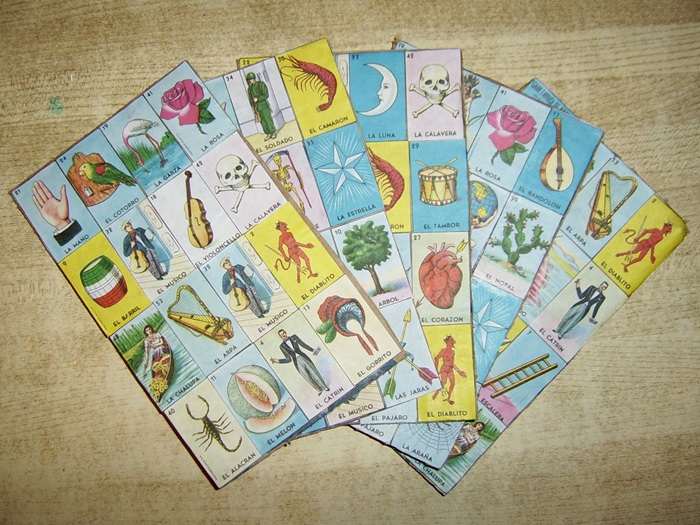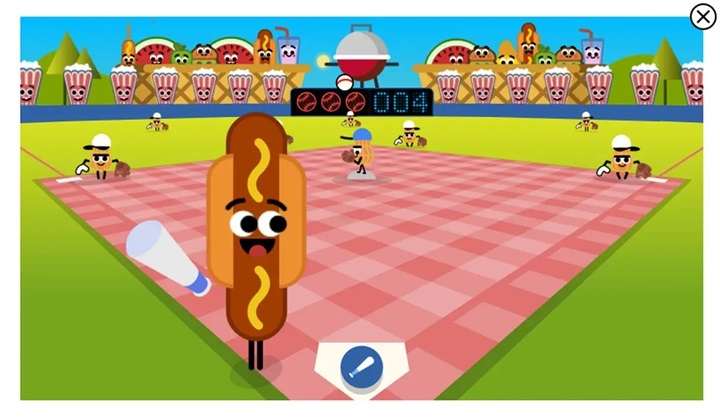Google Doodle games have become a beloved part of the internet culture, offering fun and creativity to users across the world. Initially, Doodles were designed to celebrate holidays, historical events, or famous individuals’ birthdays, but over time, Google introduced games that could be played directly from the homepage. These Doodle games, often interactive and visually engaging, have not only entertained millions but have also promoted learning, history, and culture.
This article will take you through some of the most popular Google Doodle games that have captured the hearts of users worldwide.
What Are Google Doodle Games?
Google Doodle games are interactive versions of Google Doodles that appear on special occasions. Doodles were first introduced in 1998, but it wasn’t until much later that these playful drawings evolved into fully-fledged games. These games range from simple puzzles and challenges to intricate and engaging experiences, each celebrating something unique.
The beauty of Google Doodle games lies in their accessibility—anyone with an internet connection can play them directly from the Google homepage. Let’s dive into the world of the most popular Google Doodle games and explore why they’ve become such a big hit.
Pac-Man Doodle: Celebrating the Classic Arcade Game

Perhaps one of the most iconic Google Doodle games, Pac-Man Doodle was released in 2010 to celebrate the 30th anniversary of the legendary arcade game, Pac-Man. Google transformed its homepage logo into an interactive Pac-Man maze, allowing users to control Pac-Man as he chomped his way through the famous maze.
Why It Became Popular:
- Nostalgia: Pac-Man is one of the most recognizable games in history. Bringing it back through a Google Doodle evoked a sense of nostalgia for millions.
- Easy to Play: The game stayed true to its original mechanics, making it accessible and easy to pick up, even for those who hadn’t played the game in years.
Pac-Man Doodle remains a standout Doodle game, blending simplicity with nostalgia, while introducing younger generations to the timeless charm of arcade classics.
Coding for Carrots: Celebrating 50 Years of Kids Coding
In 2017, Google introduced Coding for Carrots, a Doodle game celebrating the 50th anniversary of coding languages designed for children. The game taught the basics of coding by allowing players to move a rabbit around the screen, collecting carrots. The mechanics of the game were based on block-based coding, which is an introduction to programming logic.
Why It Became Popular:
- Educational Value: It was more than just a game—it introduced users to coding in a simple and fun way.
- Interactive and Engaging: Players had to think strategically, which made it a mentally stimulating game, especially for children and young learners.
- Colorful Graphics: The game’s vibrant and playful design made it appealing to a broad audience, including both kids and adults.
This Doodle was widely appreciated for combining entertainment with education, helping kids (and curious adults) learn the foundations of coding.
Halloween 2016: The Magic Cat Academy
Released in October 2016, Magic Cat Academy was a Halloween-themed Google Doodle game where players took on the role of a magical cat, Momo, who had to save her school from an invasion of ghosts. Players had to use their mouse to draw symbols on the screen to defeat the incoming ghosts. The game featured several levels, each progressively more challenging.
Why It Became Popular:
- Charming Characters: Momo the cat became an instant hit, and the game’s storyline was both spooky and adorable.
- Simple Mechanics: The game relied on easy-to-learn, gesture-based controls, making it accessible to a wide audience.
- Addictive Gameplay: As the levels grew more challenging, players found themselves coming back to the game, trying to improve their skills.
Magic Cat Academy became so popular that it was revived with a sequel in 2020, bringing Momo back for another round of magical ghost-fighting.
Soccer Doodle: Celebrating the 2012 Summer Olympics
Google created a variety of sports-themed Doodles for the 2012 Summer Olympics, but the Soccer Doodle was one of the most popular. In this game, players took on the role of a goalkeeper and had to block incoming soccer balls. Simple yet addictive, the Soccer Doodle became a fan favorite due to its easy controls and competitive nature.
Why It Became Popular:
- Olympic Spirit: The game launched during the Olympics, tapping into the global excitement surrounding the event.
- Competitive: The game’s simplicity made it easy to compete with friends, as players would try to outdo each other by blocking more shots.
- Accessible: Anyone, regardless of gaming experience, could play and enjoy it, making it a widely appreciated Doodle.
The Soccer Doodle was a great example of how Google could create a game that was fun, engaging, and perfectly timed to coincide with a major world event.
Fischinger: Celebrating Visual Music Pioneer Oskar Fischinger
One of the more artistic Google Doodle games, Fischinger was created to celebrate the 117th birthday of Oskar Fischinger, a German-American animator and filmmaker known for creating visual music. The Doodle allowed users to create their own music by interacting with different visual elements. Each interaction triggered a unique musical note, making it a fully customizable musical experience.
Why It Became Popular:
- Creative Freedom: Players had the ability to craft their own music, which made the game feel more like an artistic tool than a traditional game.
- Stunning Visuals: The Doodle’s aesthetic was mesmerizing, with colorful, flowing graphics that responded to the music in real-time.
- Educational: It introduced many users to Oskar Fischinger’s contributions to visual music, blending creativity with learning.
The Fischinger Doodle was both a celebration of art and an interactive musical experience, offering users a chance to engage with sound and visuals in a unique way.
Scoville Game: Celebrating Wilbur Scoville
Released in 2016, the Scoville Game was a tribute to Wilbur Scoville, the man who created the Scoville Scale to measure the spiciness of peppers. The game had a quirky setup where players had to defeat spicy peppers by throwing ice cream at them. Each level introduced hotter peppers, and players had to time their attacks perfectly to neutralize the heat.
Why It Became Popular:
- Humor: The concept of battling peppers with ice cream was both funny and original.
- Easy to Play: The game’s mechanics were simple but engaging, making it suitable for casual play.
- Educational: It introduced many users to the Scoville Scale and the history behind it, blending fun with learning.
The Scoville Game was a delightful, quirky addition to Google Doodle’s library of games, leaving a lasting impression due to its unique concept.
Lotería: A Mexican Bingo Game

Google’s Lotería Doodle was launched in 2019 to celebrate one of Mexico’s most beloved traditional games. Lotería is a game similar to bingo, where players mark cards based on images called out by the announcer. Google’s version of the game allowed users to play online with friends or strangers.
Why It Became Popular:
- Cultural Representation: The game celebrated Mexican culture, which resonated with a large number of players globally.
- Multiplayer Feature: Unlike many other Doodle games, Lotería could be played with multiple people, enhancing its social aspect.
- Beautiful Artwork: The game’s graphics were colorful and beautifully designed, paying homage to the traditional artwork used in Lotería cards.
Lotería was an important Doodle, showcasing Google’s ability to honor cultural traditions while bringing people together through gaming.
Basketball Doodle: 2012 Summer Olympics
Another Olympic-themed Doodle from 2012, the Basketball Doodle allowed players to shoot hoops in a timed challenge. The game was simple—players clicked their mouse to adjust the power of their shot and attempted to score as many points as possible in the time limit.
Why It Became Popular:
- Competitive Nature: Like the Soccer Doodle, the Basketball Doodle became a competitive challenge among friends.
- Addictive Gameplay: The more you played, the better you got, making it a game that people kept coming back to.
- Timed Challenge: The time limit added an extra layer of excitement, encouraging players to act quickly and strategically.
The Basketball Doodle was one of the most successful Olympic-themed Doodles, offering players an engaging and competitive experience.
Google Doodle Games – A Blend of Fun and Learning
Google Doodle games are more than just fun—they offer educational value, cultural representation, and a nostalgic throwback to classic games. From the thrill of arcade-style gaming to the educational charm of coding challenges, these games have cemented themselves as a unique part of internet history.
Whether you’re battling spicy peppers, playing digital bingo, or learning to code, Google Doodle games provide endless fun, proving that sometimes the best games are the ones you never have to download. So next time you visit Google’s homepage and spot a Doodle, take a moment to interact—you might discover a new favorite game.


